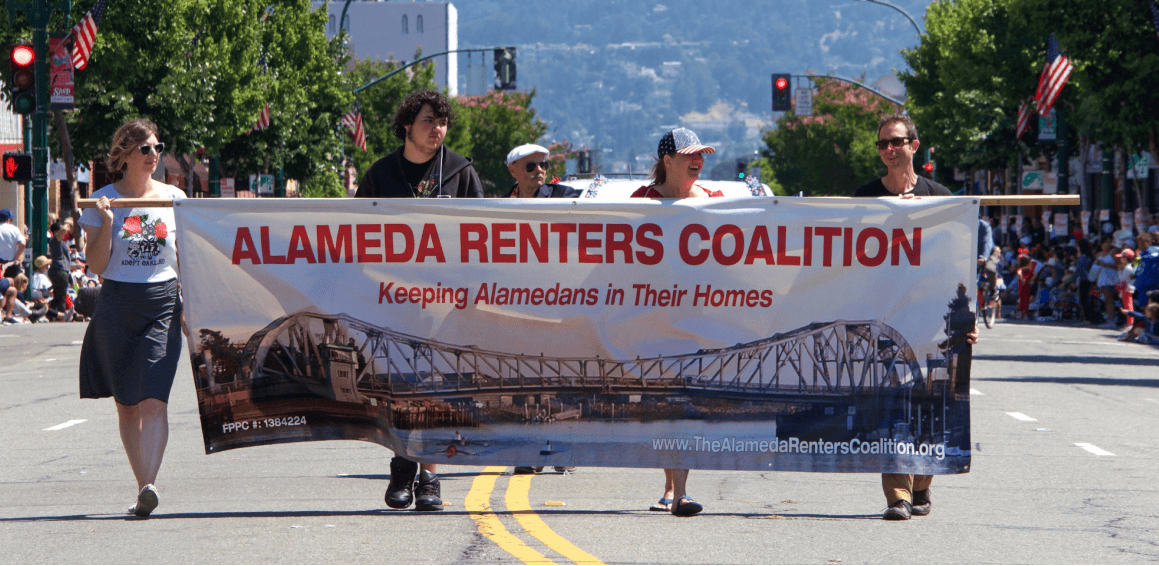Long-Term Pricing Trends Make Some Markets More Renter-Friendly
Researchers at Florida Atlantic University (FAU), Florida Gulf Coast University, and the University of Alabama have found that some markets may be more favorable to renters based on long-term pricing trends.
Western states are seeing rental premiums decline or return close to historical trends, according to end of July data from the Waller, Weeks and Johnson Rental Index.
Additionally, a few markets are trading at a slight discount relative to their historical trend as rent growth slows throughout the country.

Sacramento, California, follows Boise at a .02% discount, then Las Vegas, at a .39% premium; Spokane, Washington, at a .40% premium; San Francisco, at a .62% premium; Stockton, California, at a .66% premium; Minneapolis, at a .83% premium; Phoenix, at a .99% premium; Colorado Springs, Colorado, at a 1.55% premium; and Seattle, at a 1.98% premium.
“These are the markets that are most ideal for a renter solely based on long-term rental pricing trends. Since many of the rents in these areas are either below or close to long-term historical trends, renters in these markets are not overpaying,” says Ken H. Johnson, Ph.D., real estate economist with FAU’s College of Business.
From researchers Johnson, Shelton Weeks, Ph.D., of Florida Gulf Coast University, and Bernie Waller, Ph.D. of the University of Alabama, the index also measures average yearly increases, monthly increases and how much money the typical household needs to make to avoid paying more than 30% of their income toward rent. Researchers warn that lower rental premiums, while a good sign that rents are returning to normal after years of astronomical increases, do not necessarily mean that each individual market is affordable for renters.
“It means that rents have settled in many markets and are back to where they should be based on historic rents for a given market,” Weeks says. “For example, Sacramento has historically faced housing affordability issues, and these issues continue. Now, however, rents are returning to typical levels, more in line to local norms rather than being dramatically overpriced.”
Florida along with the East Coast and other markets are still waiting for rents to come back to normal. Charleston, South Carolina, has the highest premium in the country, at 10.72%; followed by Knoxville, Tennessee, 10.31%; New York, 9.81%; Miami, 9.27%; New Haven, Connecticut, 9.02%; Akron, Ohio, 8.86%; Cape Coral, 8.76%; Madison, Wisconsin, 8.48%; El Paso, Texas, 8.45%; and Hartford, Connecticut, 8.19%.
“Two Florida cities are still among the most overpriced rental markets in the country,” Johnson says. “However, the recent Live Local Act [in Florida] should help significantly by encouraging the development of multifamily housing. It could give us a fighting chance of getting premiums down by increasing the supply of multifamily housing significantly and in relatively short order.”
Need a Lease Agreement?
Access 150+ state-specific legal landlord forms, including a lease.
However, even as premiums lower, renters are still in for an affordability crisis until incomes rise and more units are built. “Overall, it’s a sign that we are trending back toward normal,” Waller says. “Patience is in order, but we have probably heard the end of calls for rent control.”
Source: Multifamily Executive















 Accessibility
Accessibility